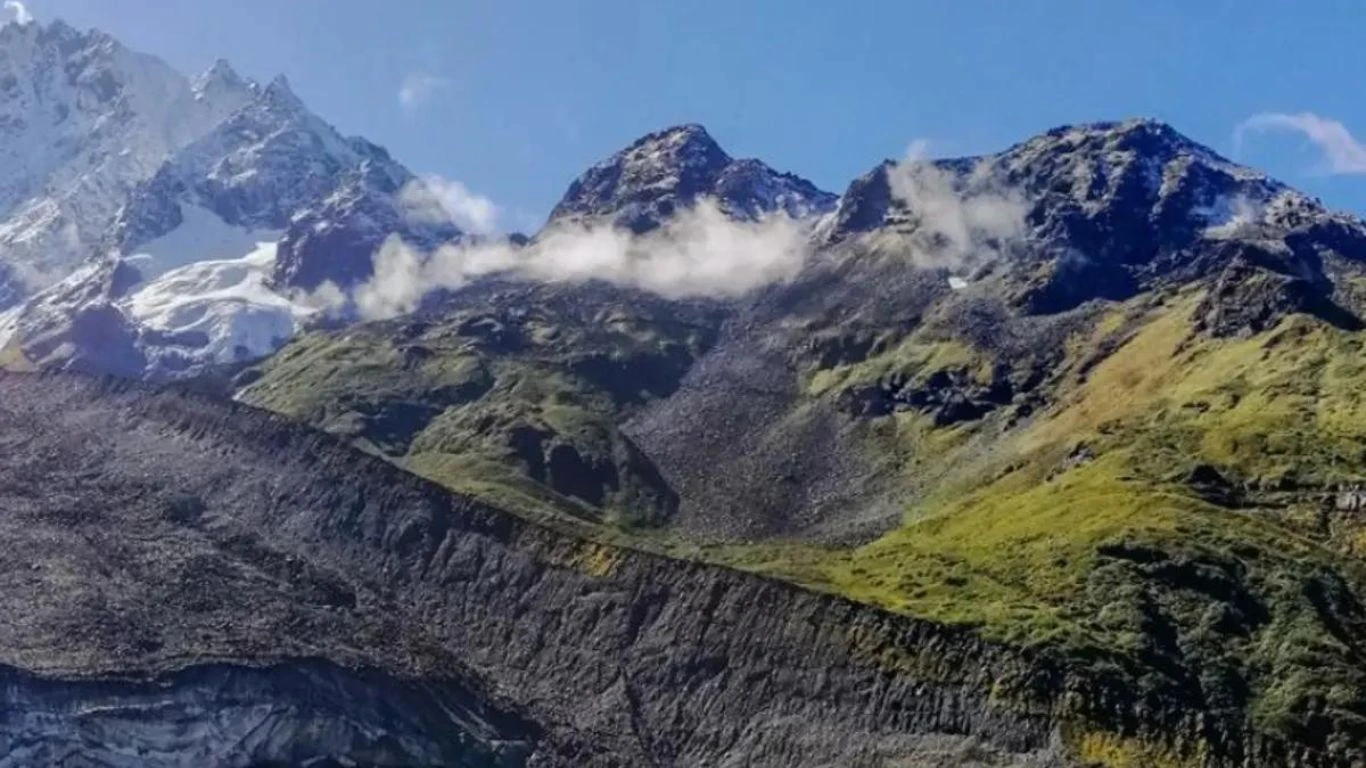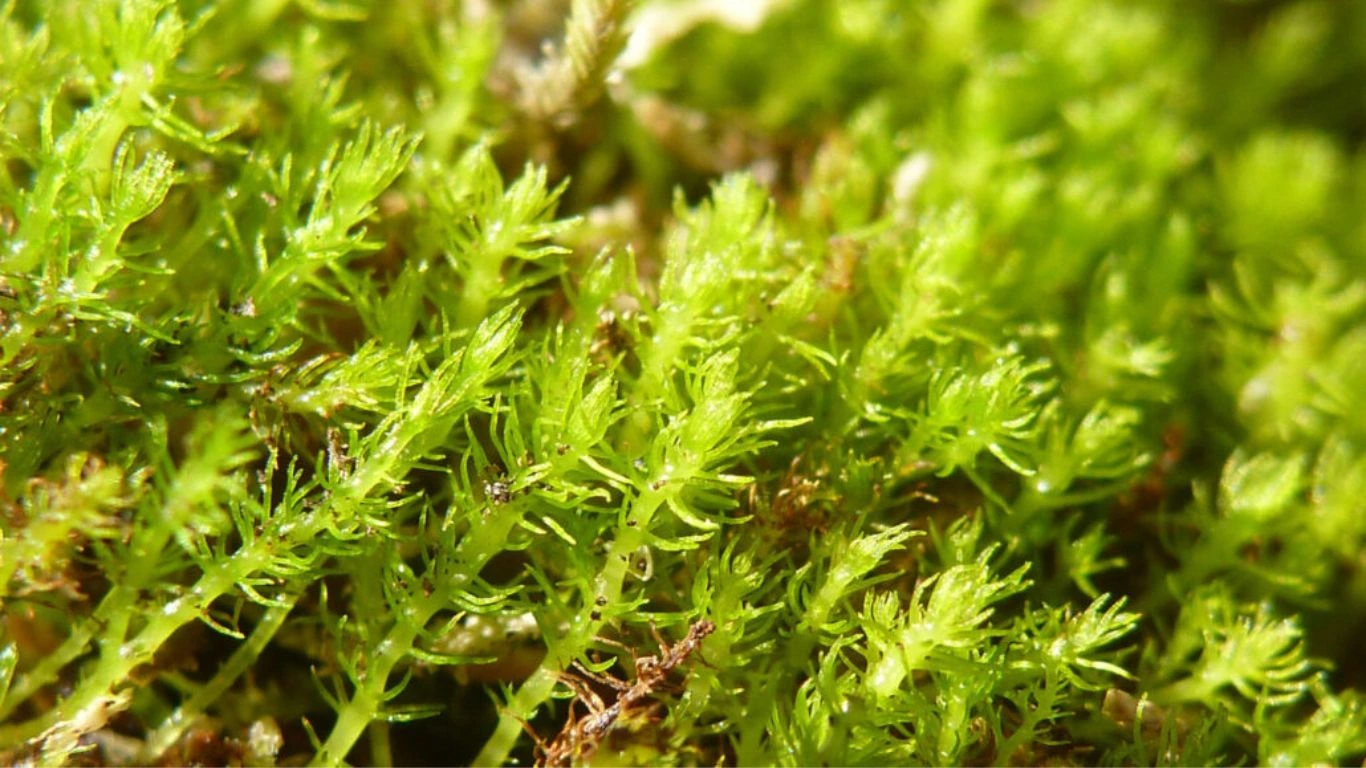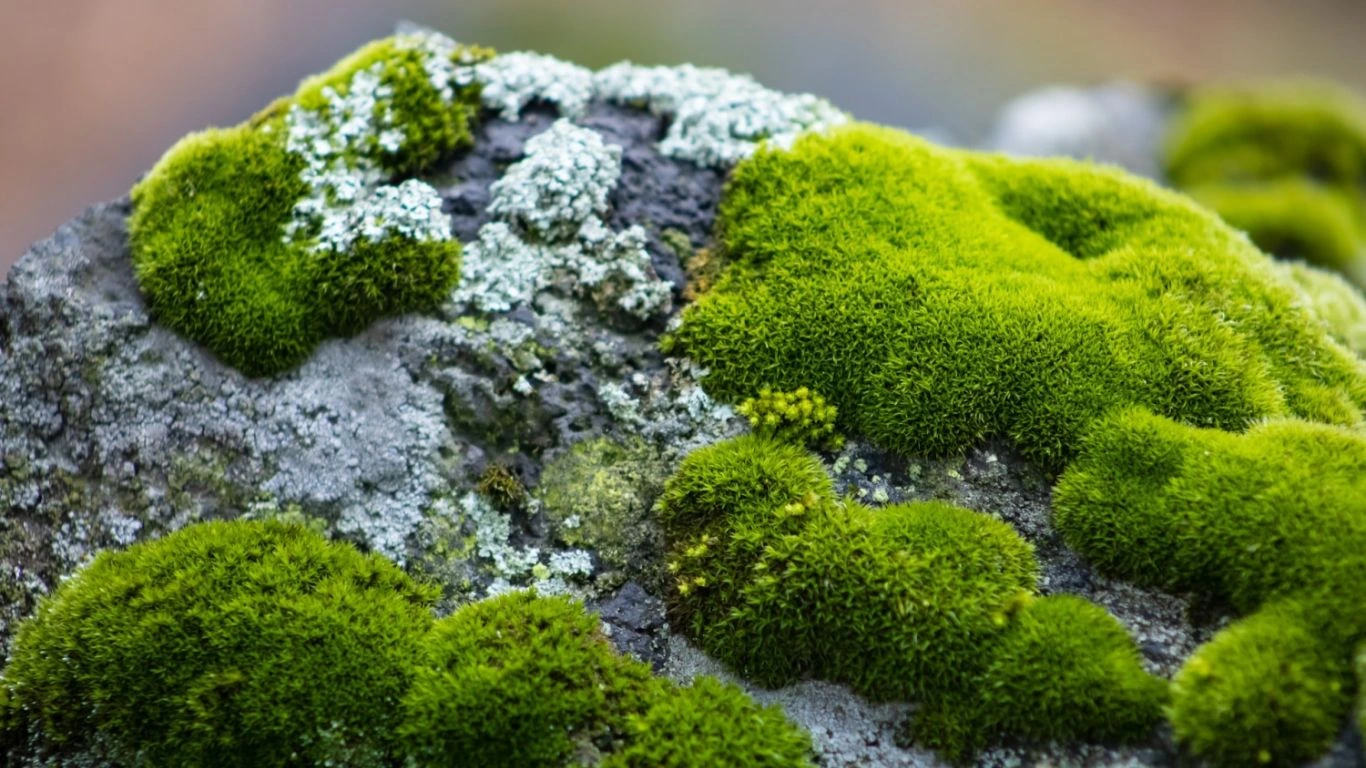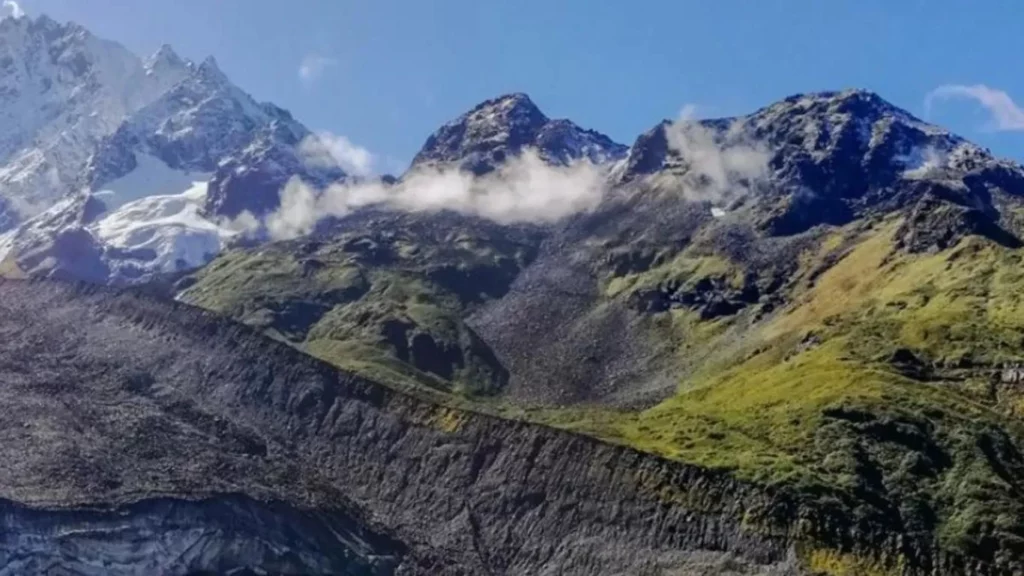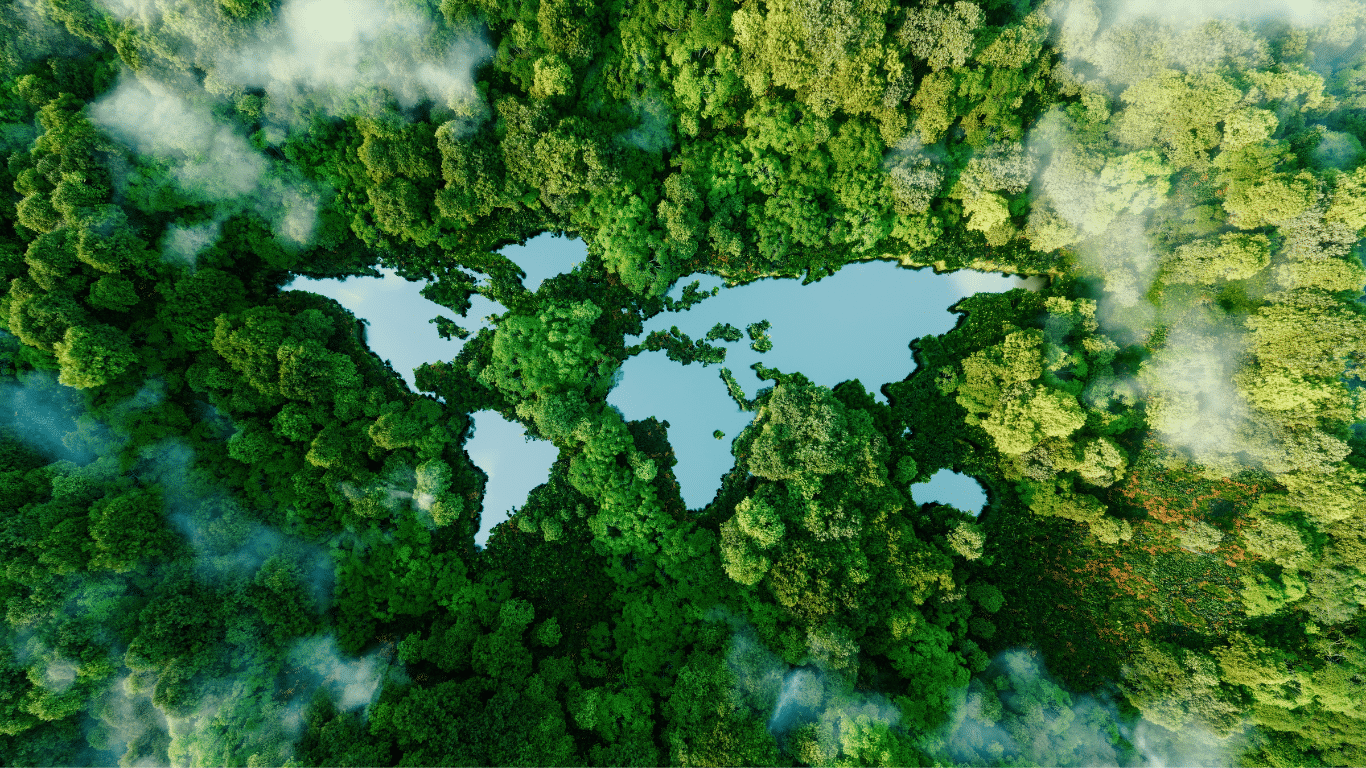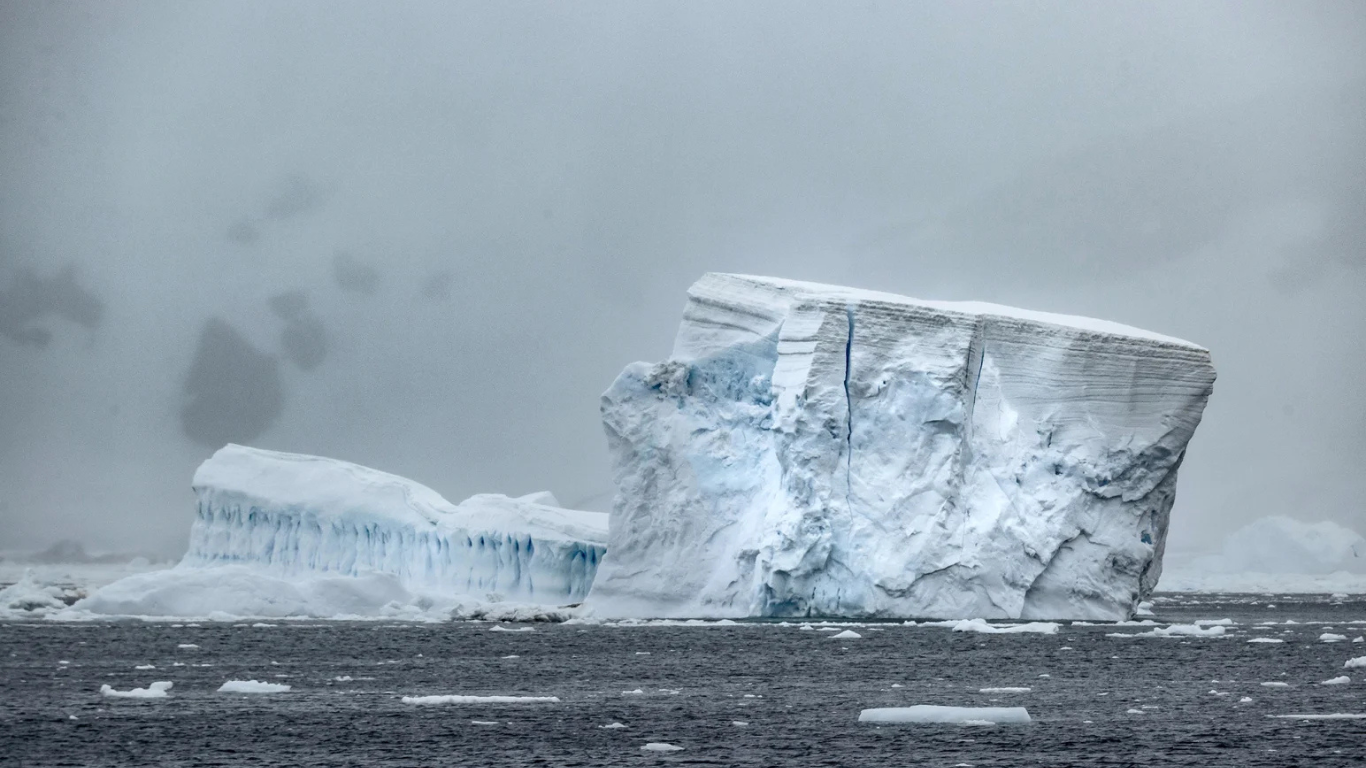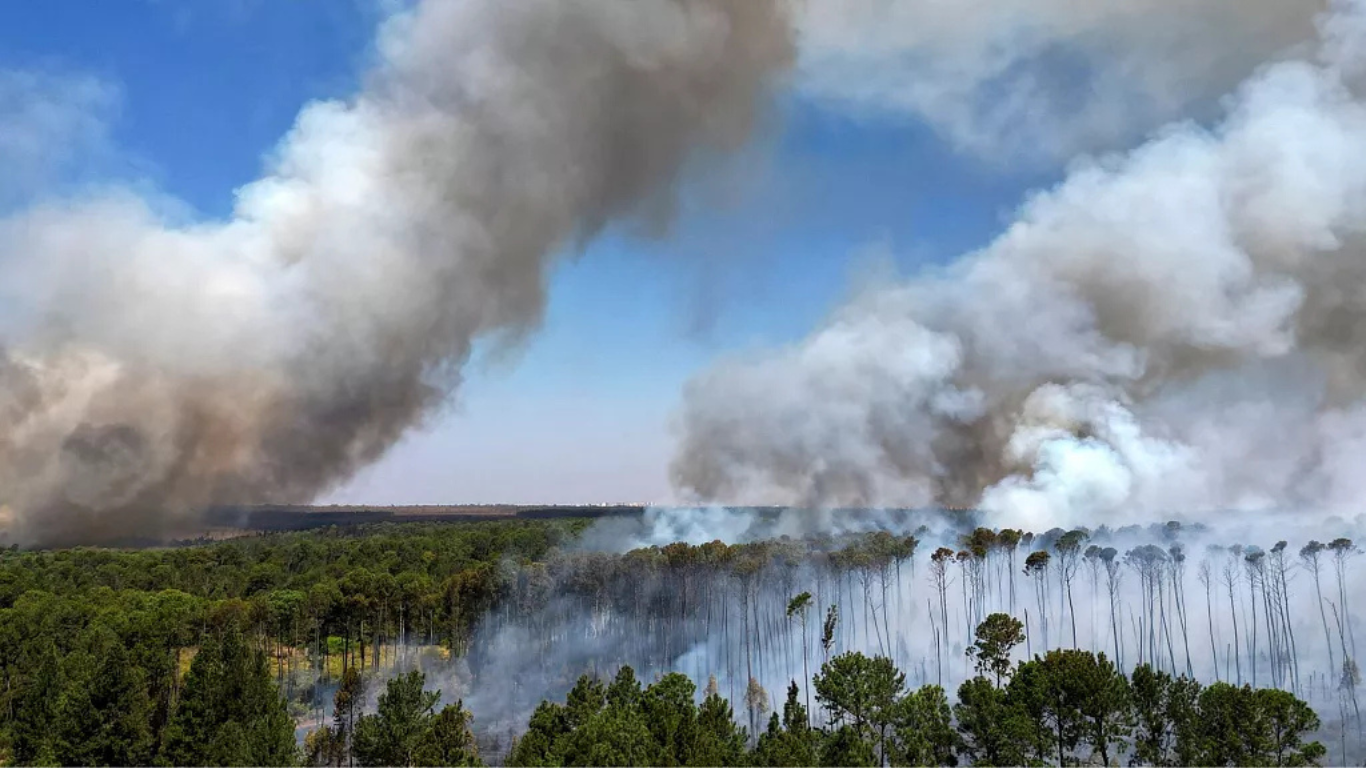Article written by Rume Otuguor
Originally published by The Guardian (Wed, 9 Aug, 2023)
Scientists say Takakia, a 390m-year-old moss found in Himalayas, is at risk despite its ability to adapt to extreme weather
The world’s oldest moss, found in the Himalayas, may not be able to survive climate breakdown, scientists have said.
Takakia, which has been growing for 390m years, is one of the fastest-evolving species ever found, but that may not be enough to save it, the researchers warned.
Takakia is a small, slow-growing moss that can be found only in small quantities in remote parts of the US, Japan and Tibet. After a decade-long expedition, scientists have analysed its DNA for the first time to learn how climate breakdown is affecting the species and its habitat.
The ancient moss was already 100m years old before the Himalayas formed underneath it, triggering a fast adaptation process. “We set out to describe and analyse a living fossil,” said Ralf Reski, a plant biotechnologist at the University of Freiburg in Germany and an author of the paper published in the journal Cell.
The expedition was not straightforward owing to the high altitude and volatile weather in the Himalayas, which the plant biologist and expedition co-leader Ruoyang Hu said could go through “four seasons within one day”.
The team found that owing to these extreme weather conditions, Takakia had evolved over generations to become adept at fixing broken DNA and recovering from ultraviolet damage. In response to these conditions, the plants developed the ability to grow anywhere.
Yikun He, a plant biologist at Capital Normal University in Beijing and another author of the paper, said Takakia used a flexible branching system to create a “very sturdy population structure, which can effectively resist the invasion of heavy snowstorms”.
After conducting studies on Takakia’s environment, the team found that the climate was steadily warming, causing glaciers to melt and exposing the moss to higher levels of ultraviolet radiation than it had experienced before.
The authors noted that Takakia populations in Tibet had decreased by about 1.6% yearly over the span of their study. Hu predicted that by the end of the 21st century, livable conditions for the Takakia will have reduced to only 1,000-1,500 square kilometres across the world.
Plant scientists are attempting to preserve and prolong the survival of this species by multiplying some specimens in the laboratory and transplanting them to experimental sites in Tibet.

